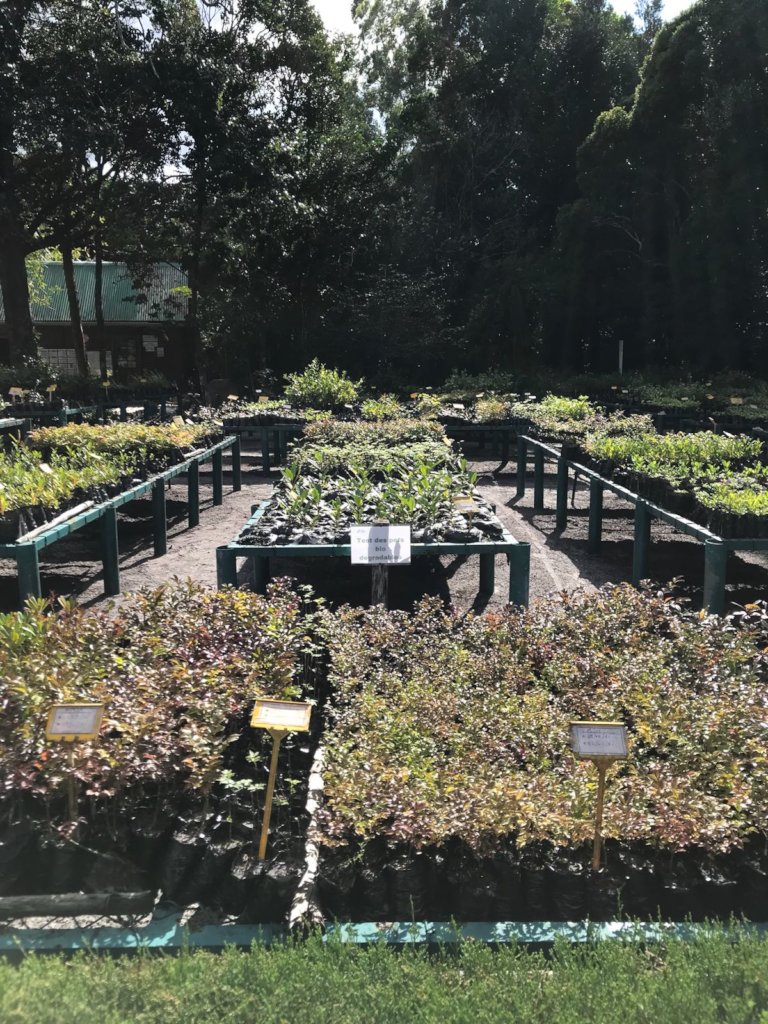By Andrew Turner | Project Development Officer
The 15 remaining fragments that make up the forest in Sainte Luce cover an area less than 1600 hectares, with many of the smaller fragments of forest becoming increasingly isolated from larger remaining patches. This can spell disaster for small species, like the local Microcebus.sp mouse lemurs, who find it more difficult to move over large tracts of bare ground. If populations are restricted to increasingly smaller patches of habitat it increases the risk that these populations will go extinct. It can also lead to possible negative effects for the lemur populations.
In addition, this process of fragmentation can also impact other lemur species that depend on substantial areas of high quality habitat to feed, shelter and reproduce. The increase in the percentage of forest ‘edges’ can also have damaging effects. The environmental conditions in these external areas of forest can lead to further degradation of the forest and leave it uninhabitable to some native species; for example through invasion of non-native species, more predators or parasites and greater levels of sunlight or higher wind speeds.
The fear that these issues are present and accelerating in the forests of Ste Luce is ever present both for SEED Madagascar and local community who have management control of this valuable natural resource. As a result, SEED Madagascar is now launching a new project that aims to reconnect forest fragments in S8, one of the most affected parts of the reserve. The project has been named ‘Project Ala’, meaning forest in Malagasy.
The project aims to restore connectivity of forest patches using habitat corridors planted with a mixture of fast growing and native tree species. In order to further develop the project, the SEED Madagascar conservation team visited the Mandena Biodiversity Research Centre only half an hours drive from the SEED office in Fort Dauphin. This site has been run by local biodiversity consultancy TBSE who have been undertaking long term trials looking at reforestation of environments virtually identical to deforested patches found in Sainte Luce.
The site boasts established acacia corridors planted more than 10 years ago which showcase how this species can be used to reclaim degraded areas and begin the process of reforestation. Research at Mandena looks at planting different combinations of native species within these corridors to see how well they establish, how they effect soil condition, moisture retention and interact with one another.
Project reports on GlobalGiving are posted directly to globalgiving.org by Project Leaders as they are completed, generally every 3-4 months. To protect the integrity of these documents, GlobalGiving does not alter them; therefore you may find some language or formatting issues.
If you donate to this project or have donated to this project, you can receive an email when this project posts a report. You can also subscribe for reports without donating.

